I Have Lived In Tokyo—Here Are 7 Important Etiquette Tips To Know When Visiting Japan
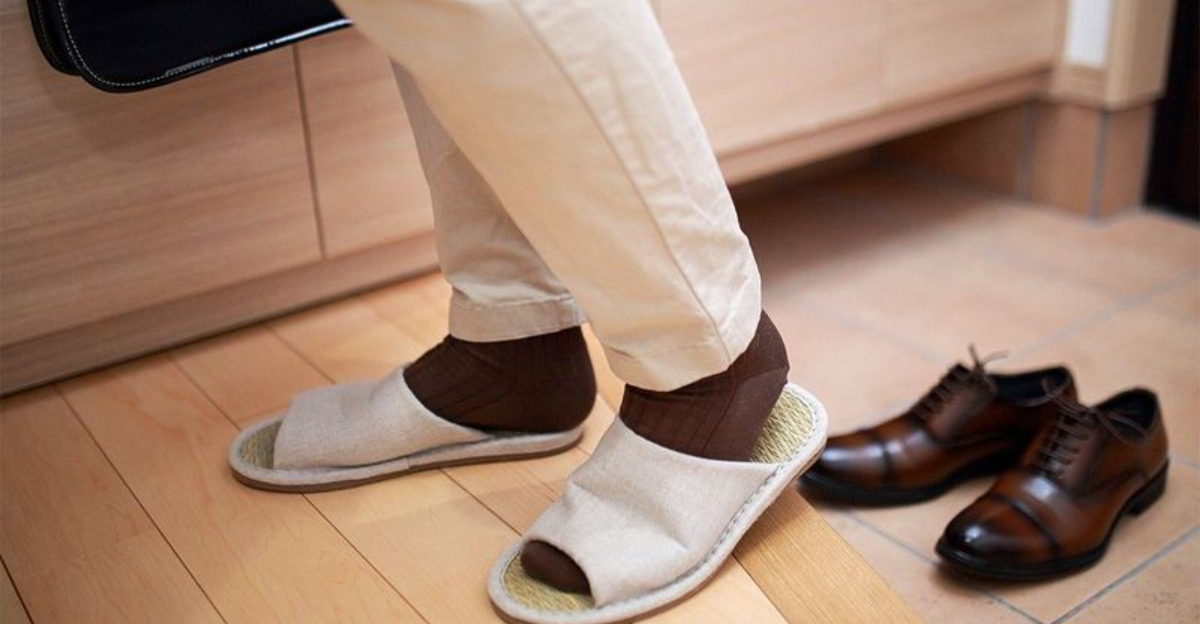
When you visit a place where tradition and modern life blend so seamlessly, it becomes clear that etiquette isn’t just about being polite—it’s how things function. In Japan, small gestures speak volumes, and knowing when to be quiet, when to bow, or how to hand over money can make a big difference in how you’re received.
It’s not about perfection; it’s about effort and awareness. If you want to avoid awkward moments and connect more genuinely with locals, learning a few key customs will take you a long way.
1. The One Tip Every Visitor Should Know

Removing your shoes before entering homes, traditional restaurants, and certain areas of temples is non-negotiable. This centuries-old practice keeps spaces clean and separates the outside world from private spaces.
In Japanese culture, the threshold between shoes-on and shoes-off areas is considered sacred. You’ll often find slippers provided for indoor use, including special bathroom slippers that should never be worn elsewhere.
2. Why It Matters More Than You Think
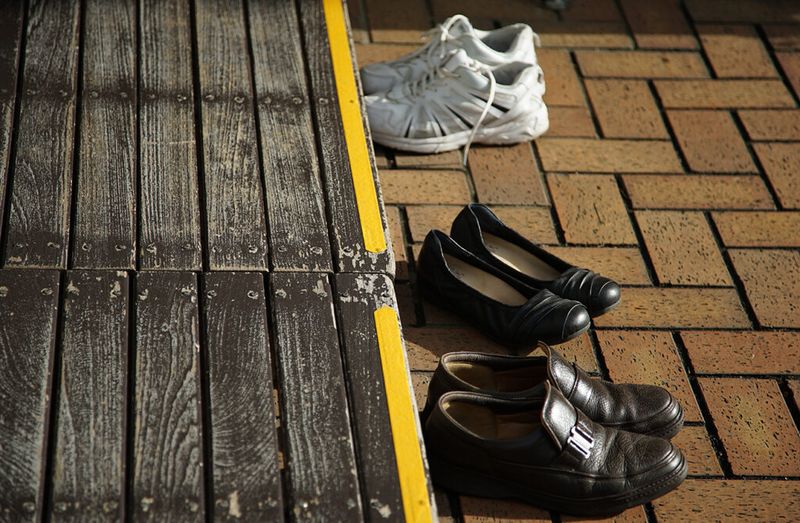
Following etiquette demonstrates respect for a society built on harmony and consideration. Small gestures carry significant weight in social interactions.
Japanese people notice when visitors make efforts to respect their customs, opening doors to warmer connections. Conversely, ignoring basic etiquette can create uncomfortable situations where locals might be too polite to correct you directly, but relationships suffer silently.
3. Public Transportation
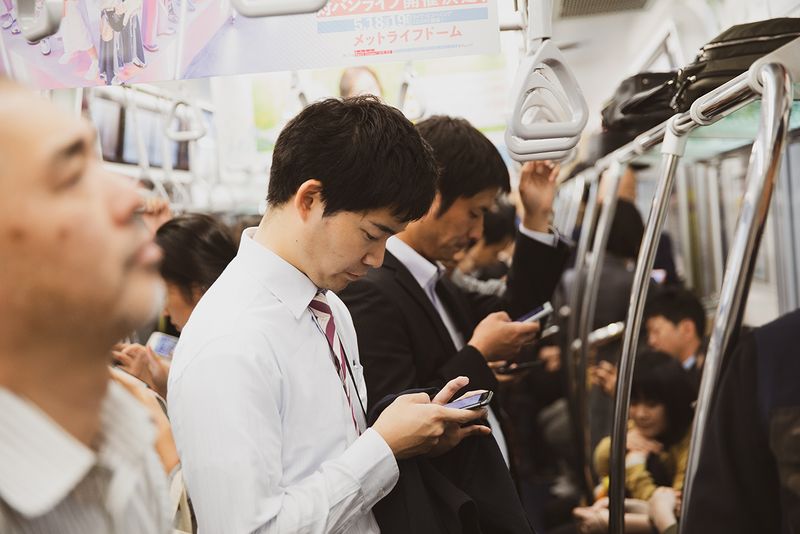
Silent train rides are the norm, not the exception. Phone calls are considered disruptive, so everyone texts instead. Even conversations should be whispered.
Japanese trains operate with remarkable precision and cleanliness. Priority seats are strictly reserved for elderly, pregnant women, or those with disabilities. While riding, avoid eating or drinking (except water) and never place bags on empty seats during crowded times.
4. Dining Out
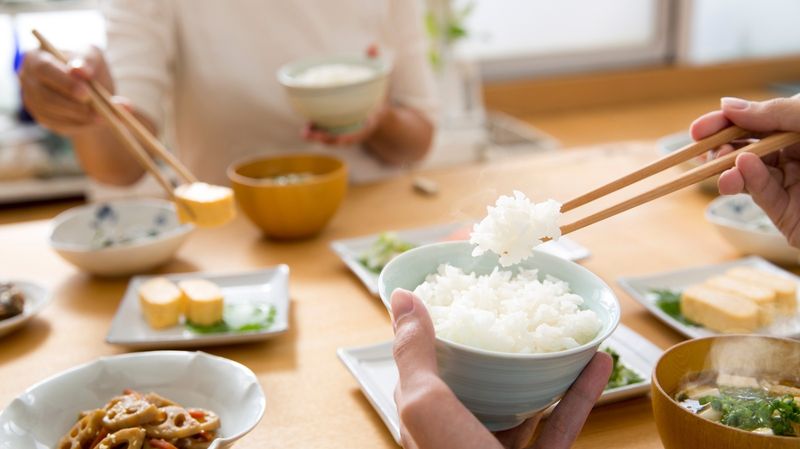
Saying “itadakimasu” before eating shows gratitude for the meal. It acknowledges everyone who helped bring the food to your table.
Slurping noodles isn’t rude—it’s actually a compliment to the chef! When drinking with others, never pour your own drink; instead, serve others and they’ll reciprocate. Tipping is not practiced and can even cause confusion or offense.
5. Visiting Shrines And Temples
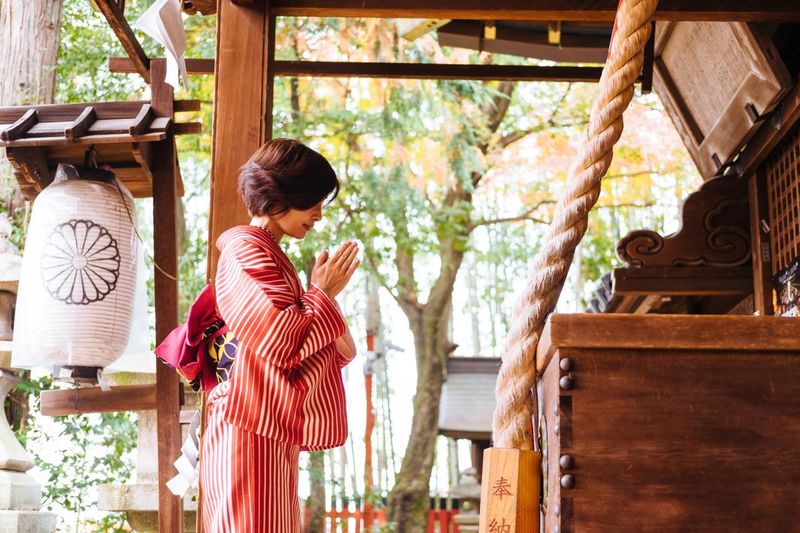
Sacred spaces demand mindful behavior from every visitor. Before entering the main hall, you’ll need to purify yourself at the temizuya (water pavilion).
Shinto shrines and Buddhist temples in Japan have specific etiquette rules. Bow slightly before passing through torii gates, walk on the sides rather than the center of pathways, and avoid pointing directly at religious objects or taking photos where prohibited.
6. Shopping And Markets

Money is rarely handed directly person-to-person. Instead, look for small trays where you should place your payment.
When shopping in Japan, handling merchandise with care shows respect. Bargaining is not customary in most stores—prices are fixed. Receipts and change are typically presented with both hands, and you should receive them the same way, with a slight nod.
7. Interacting With Locals
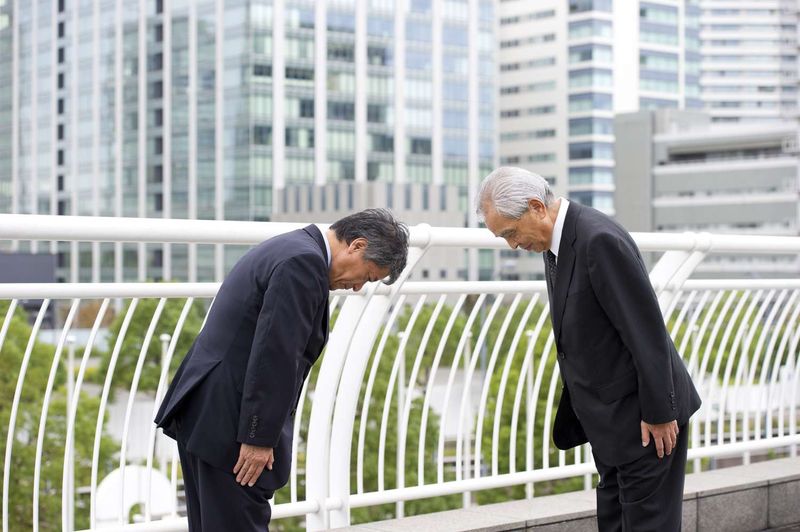
Bowing remains the customary greeting, though handshakes are increasingly accepted with foreigners. The depth and duration of your bow communicates your level of respect.
Personal space bubbles are larger in Japanese social interactions. Avoid excessive physical contact like hugging or back-slapping. Business cards should be presented and received with both hands, followed by a moment to read the card before carefully placing it on the table.
8. Common Mistakes Tourists Make Around This Custom
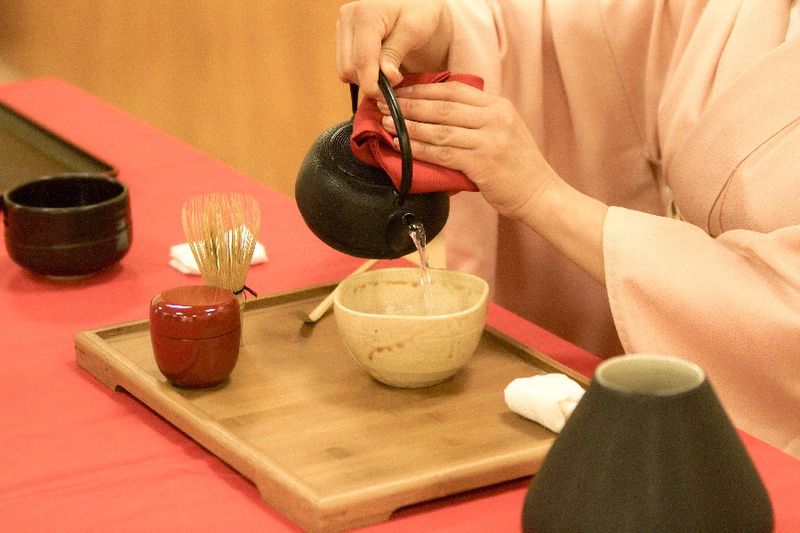
Pointing directly at people or objects can appear rude—gesture with your entire hand instead. Blowing your nose in public, especially while eating, is considered impolite.
Many visitors mistakenly wear outdoor shoes on tatami mats, causing visible discomfort among locals. Another common faux pas is sticking chopsticks vertically into rice, which resembles funeral rituals. When in doubt, observe locals and follow their lead.
9. How To Handle It If You’re Unsure

Observing others before acting will save you from many awkward moments. When uncertain, a polite gesture is to slightly bow your head while saying “sumimasen” (excuse me).
Japanese people generally understand that visitors may not know all customs. Showing genuine effort to respect local traditions matters more than perfect execution. Asking “Kore wa dō shimasu ka?” (What should I do with this?) demonstrates your willingness to learn.
10. Other Cultural Etiquette Worth Knowing

Gift-giving has its own protocol—small, nicely wrapped presents are appreciated, but should be refused once or twice before accepting.
Masks are worn not just during pandemics but whenever someone feels slightly unwell—it’s considered thoughtful. Umbrellas have special stands or plastic bags at store entrances to avoid dripping water indoors. Remember that some older buildings have squat toilets, so prepare accordingly!
